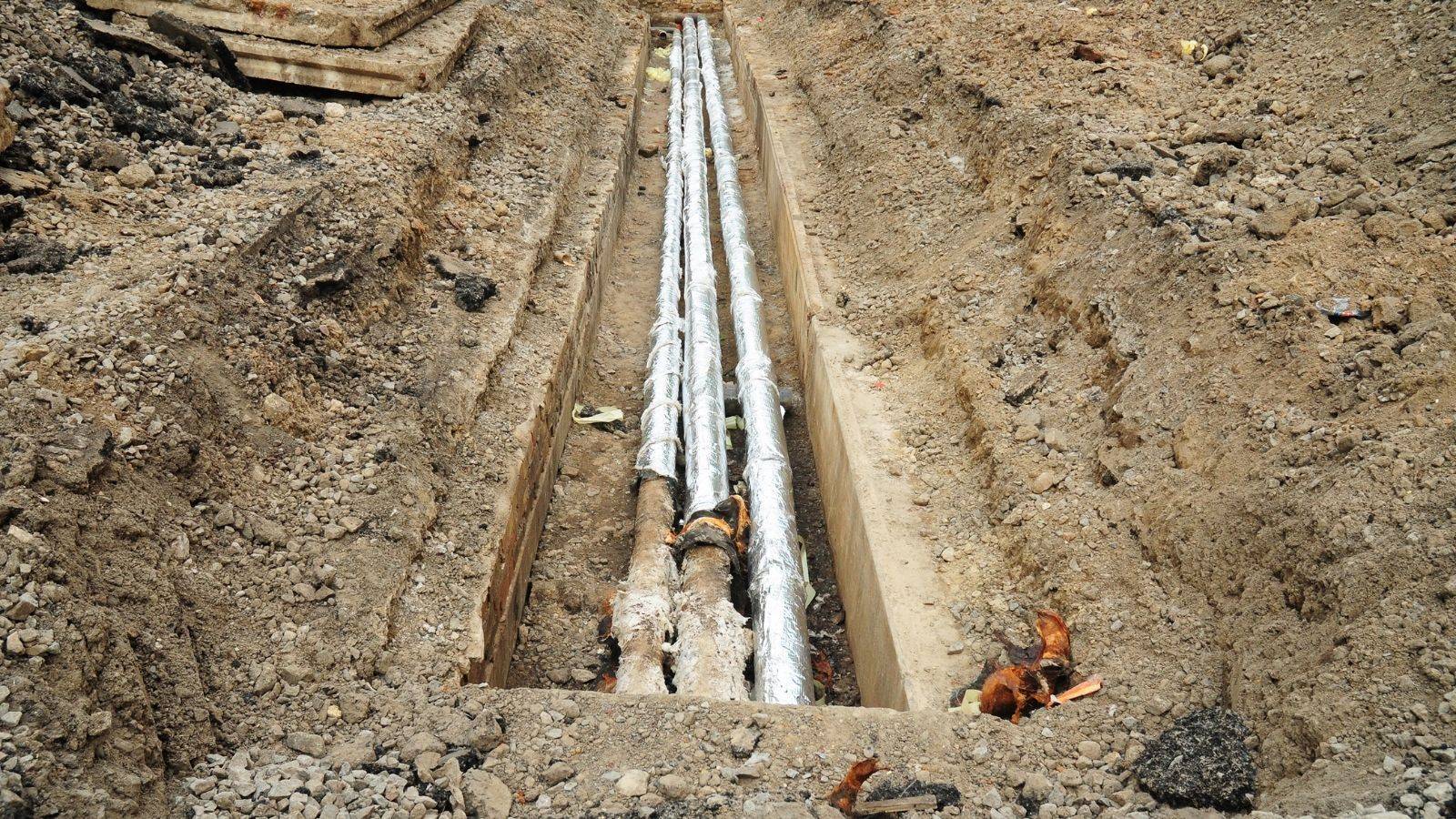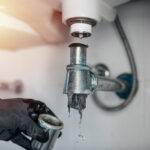The trenchless drain replacement is the new technology plumbers employ to replace destroyed drain pipes without excavating the ground, saving you both time and money. This article discusses the details of the trenchless drain replacement method, including the red flags, how it works, its benefits, and its cost. Read on to get the answers to your questions.
How Do You Know If You Need Your Drain Repaired or Replaced?
The sewer line is usually hidden below in a trench alongside your home. Because of this, you do not have access to it. So how do you tell when it’s time to get in touch with the professionals in drain replacement Toronto? Luckily, you have a few warning indicators that you should watch for. Here’s a list of the most common signs you need a drain replacement.
Your Yard Is Wet and Stinky
The garbage contained within a leaking sewer line flows into your yard and soaks through the grass or gardens when the line is leaking. As a result, you’ll find puddles in your yard that have no business being there and have a putrid, sewer-like smell. Immediately call a plumber and explain the situation to them, pointing out the areas in question. That will assist the plumber in determining the nature of your problem and the best course of action.
The Water Level in Your Toilet Bowls Keep Changing
On certain days, the water level in the toilet bowl is at its maximum capacity. Other times, there is hardly a drop there. You shouldn’t ignore this since it signals that your sewer line is draining inconsistently. The issue manifests itself in the toilets on your home’s first floor before spreading to the rest of the drains.
Slow Drainage Around Your House
If only one drain is slow, this indicates an obstruction further down your drain pipe. You can fix this problem using a plunger. You should contact a plumber to clean the drain if it does not work. However, when you have slow drains across the entire house, it indicates a problem further down in your drainage system, maybe with the sewage line. When you notice this red flag, contact a professional plumber for an inspection.
Gurgling Sounds Coming From Your Drains
After pouring water into the sink, you notice a peculiar gurgling sound emanating from the pipe. That usually indicates sewer gas is being driven up via the water inside the p-trap. That indicates something is preventing the sewage gas from traveling down the drain pipe.
House Filled With Foul Odors
When there are blockages in the sewer system, sewer gas might be forced to travel through the property’s drain pipes in the wrong direction, which can result in unpleasant odors entering your home. If you can trace the foul smell to a single pipe, the issue can be a dried-out p-trap that has become dried out. You can solve the issue by pouring down water into the drain. Then you allow it to sit for some minutes. However, if the issue occurs in every room of the house, it is necessary to get the house checked out by a plumber.
How Does Trenchless Drain Replacement Work?
A skilled plumber works to remove the old pipe by pulling a cone-shaped bit through it. While the bit works, the plumber installs an entirely new pipe behind it as the process destroys the old pipe. This technique needs more effort and time than drain relining, but it is much less intrusive than digging a hole to remove a broken pipe.
What are the Benefits of Drain Replacement Repair?
It Will Save You a Substantial Amount of Both Time and Money
This statement may seem silly to some homeowners, but it is one of the most significant advantages of having a drain replacement. That is especially crucial if you reside in an older home with an outdated sewer system. Sometimes, you waste time and money when you call a plumber to solve your clogged drain. This repair could take many weeks to complete, and the contractor might ultimately demand a high fee for the job. When you have a brand new drainage system built in your home, you can avoid incurring a significant amount of further repair costs.
Sewer Line Upgrade
One other advantage of having your drainage pipe replaced is that it provides you with the opportunity to upgrade to a sewage system that is both more advanced and durable. If you reside in a home constructed over forty years ago, there is a big possibility that the sewage system is outdated and traditional.
You might, for instance, choose to remove the more conventional heavy steel lines for the sewage pipes, as you also switch to a more contemporary option like PVC pipes. The aging sewer pipes can be the source of your never-ending maintenance needs. You will have the opportunity to upgrade to a modern sewer system if you have it overhauled and replaced. This new system will have crack detectors and position sensors to notify you of any problems along your sewer line.
Improved Sewer Line Inspection
Drain lines are becoming more technologically advanced to keep up with the rest of the world’s technical advancements in this modern era. Unfortunately, most sewer lines dating back to the 19th century are not up to date with technology. When you have a professional plumber replace your old sewer line, they usually replace the damaged pipe with a new one. The new sewer line may have detectors and camcorders installed. If you have this type of pipe, you won’t need to hire a professional sewage inspection contractor because you can monitor and examine your plumbing system on your own with more ease.
How Much Does Trenchless Drain Replacement Cost?
The cost for trenchless sewer line repair ranges on average from $50 to $200 per foot. Prices for replacing smaller pipes range from $3,000 to $6,000, while those for replacing over 50 feet of drain line can range from $5,000 to $13,000. The price tag can reach $30,000 if the foundation has several leaks and you need to replace your sewer system.
The trenchless pipe bursting and the cured-in-place pipe lining (CIPP) approach are options. The former costs between $60 and $300 per foot, while the latter costs between $75 and $250 per foot. The overall cost of replacing a sewer line in a residential location depends on several factors unique to your property.
- The position of the issue or the magnitude of the sewage leak.
- The location of the house trap- either the front yard or basement
- Your city’s standards for the size of the sewer.
- The length of the old pipe


